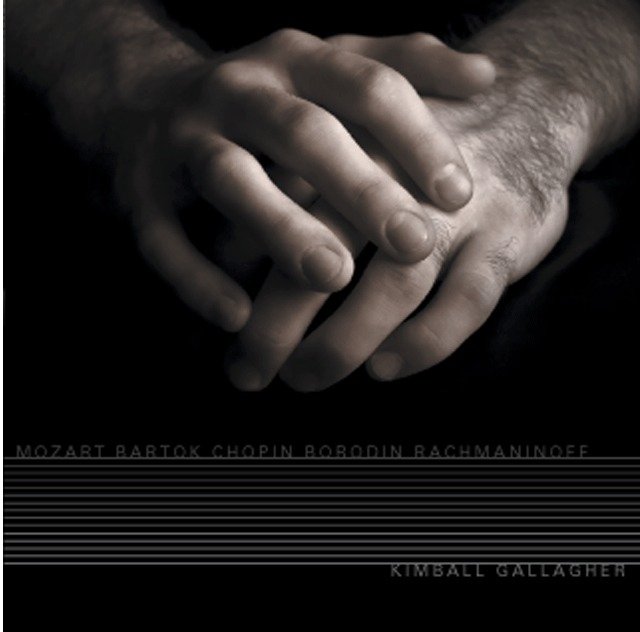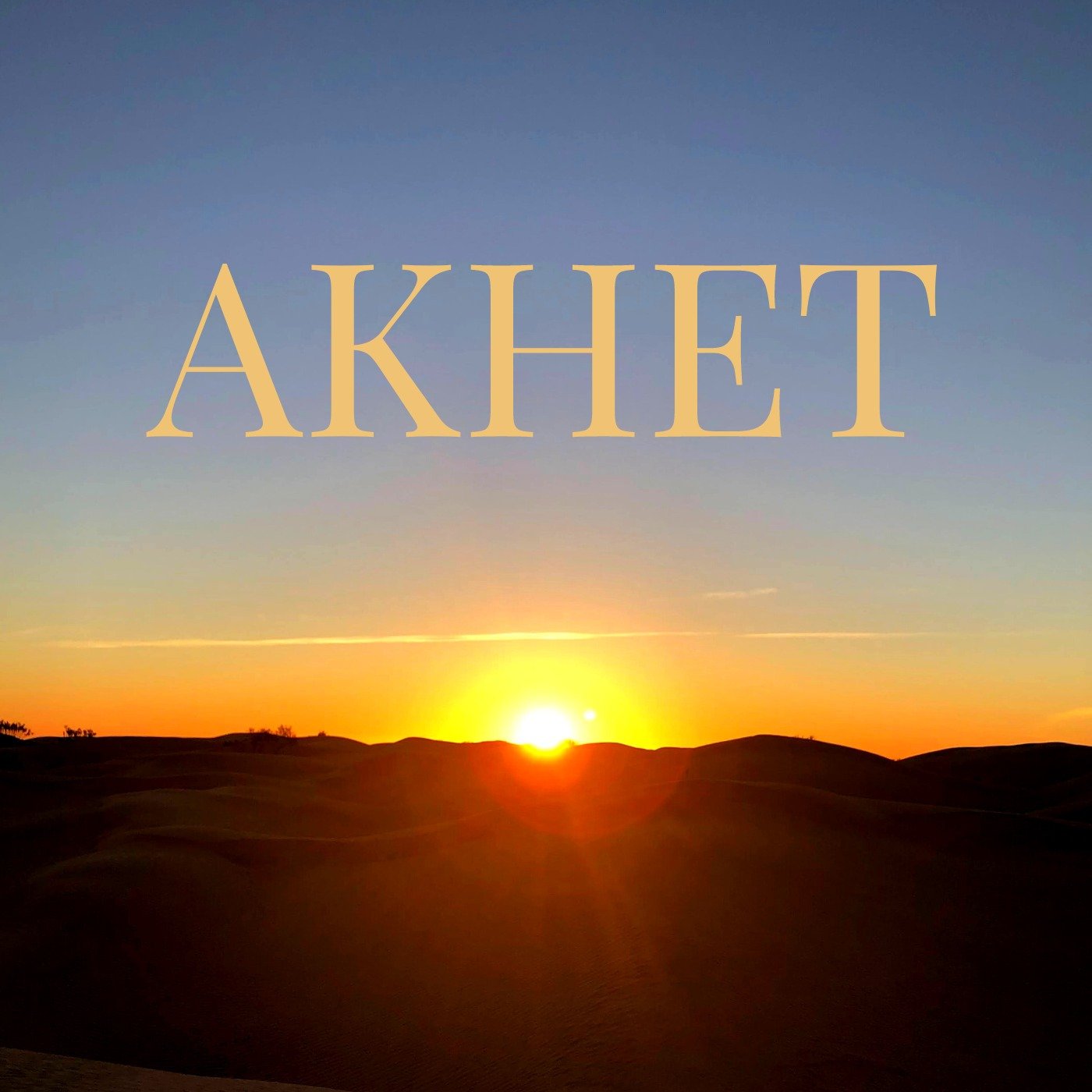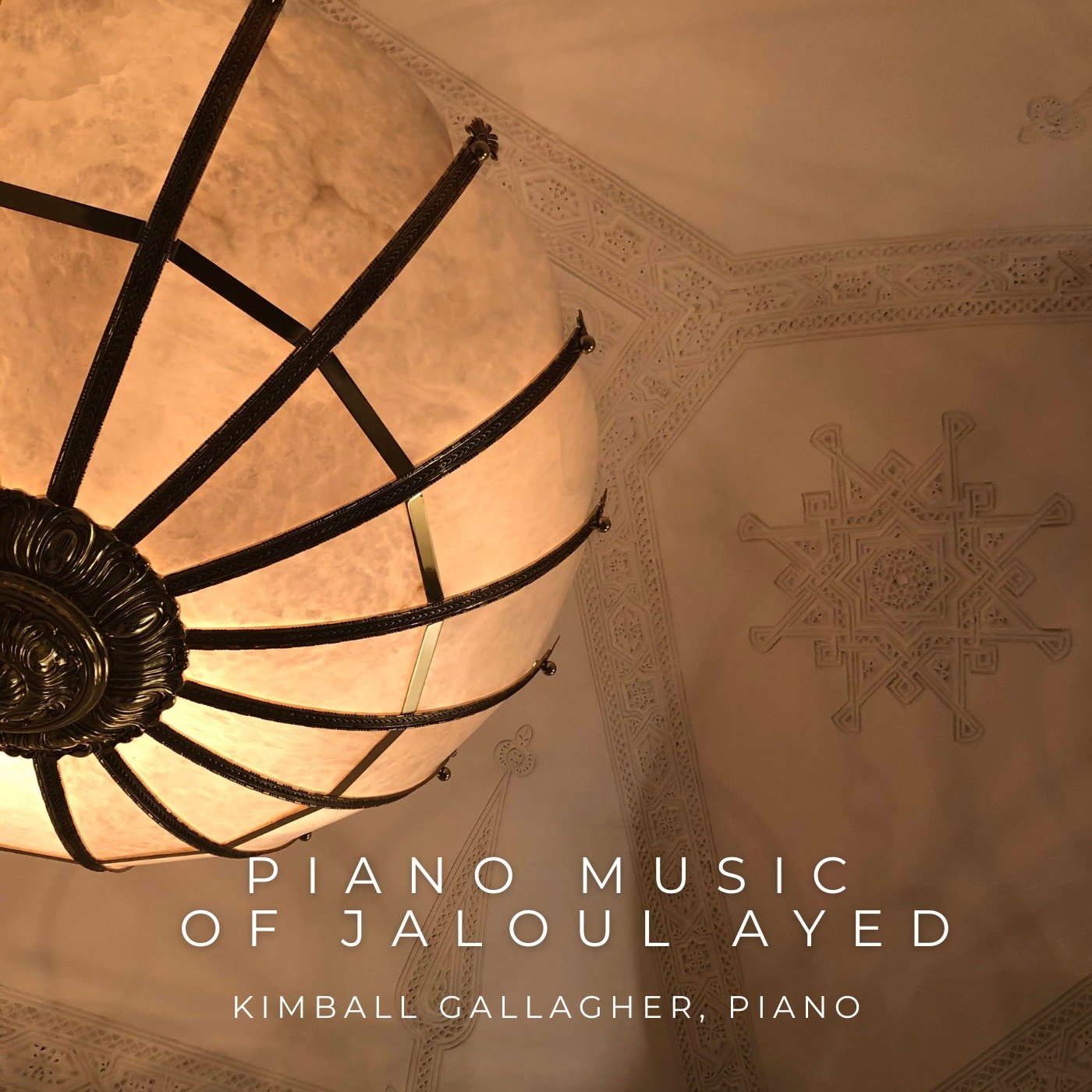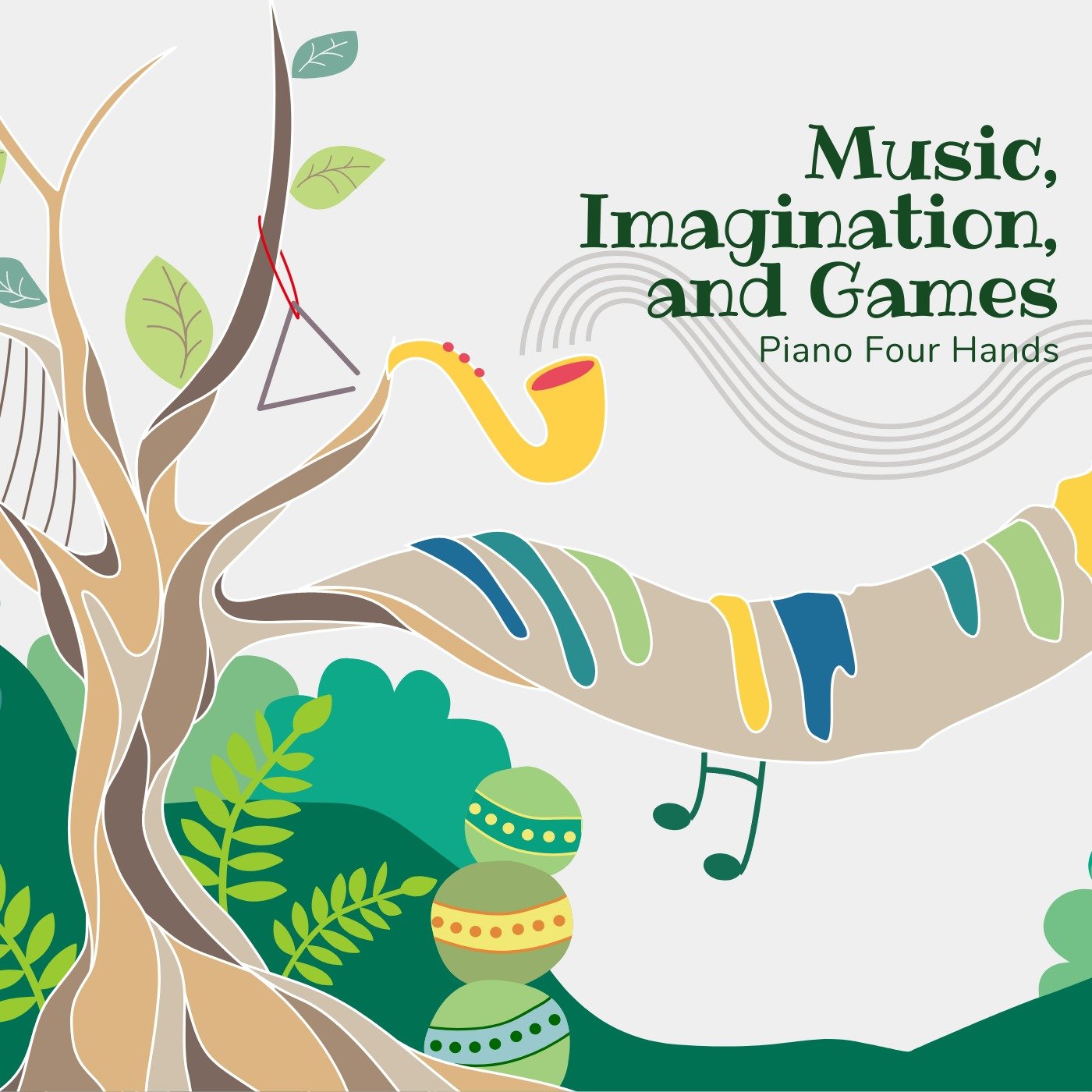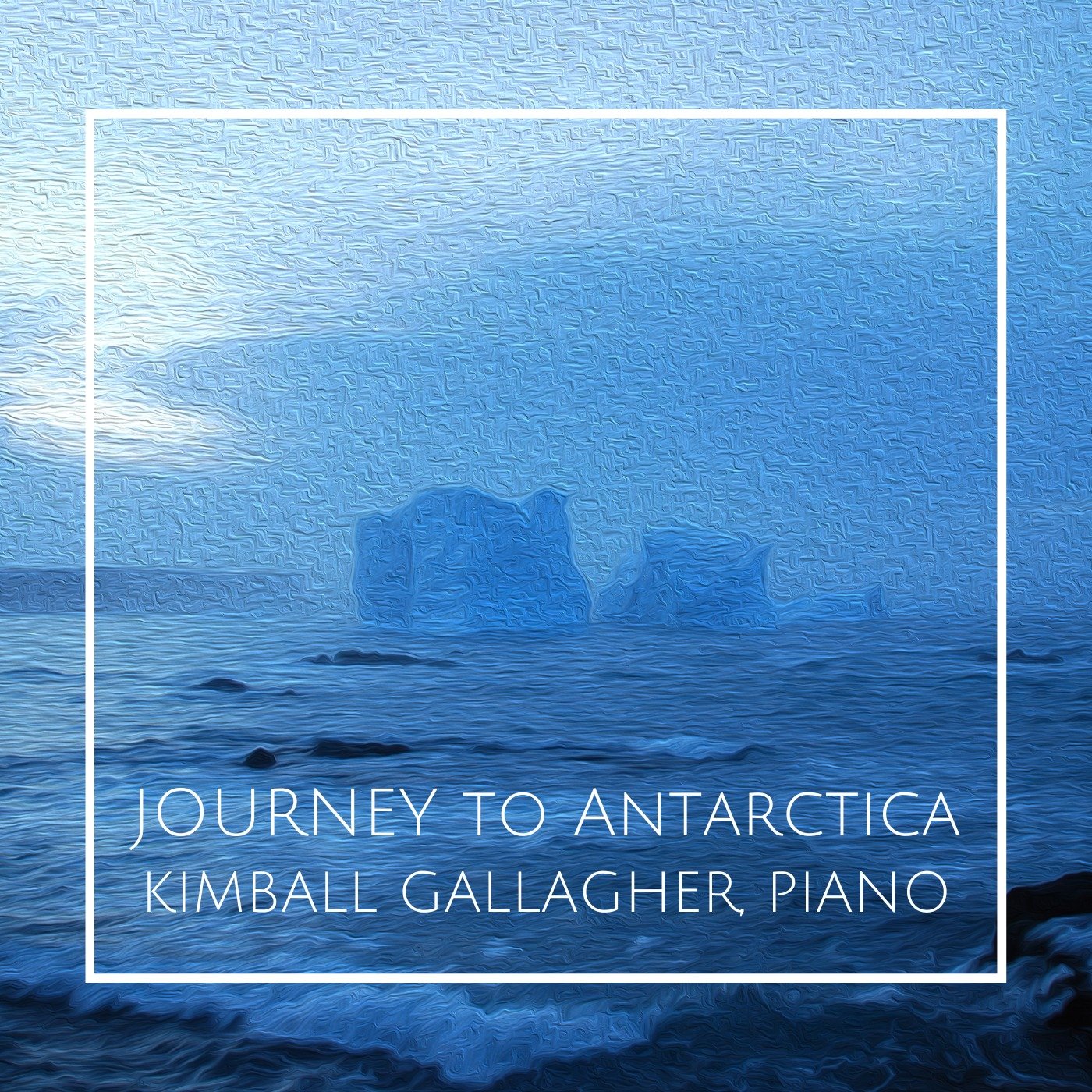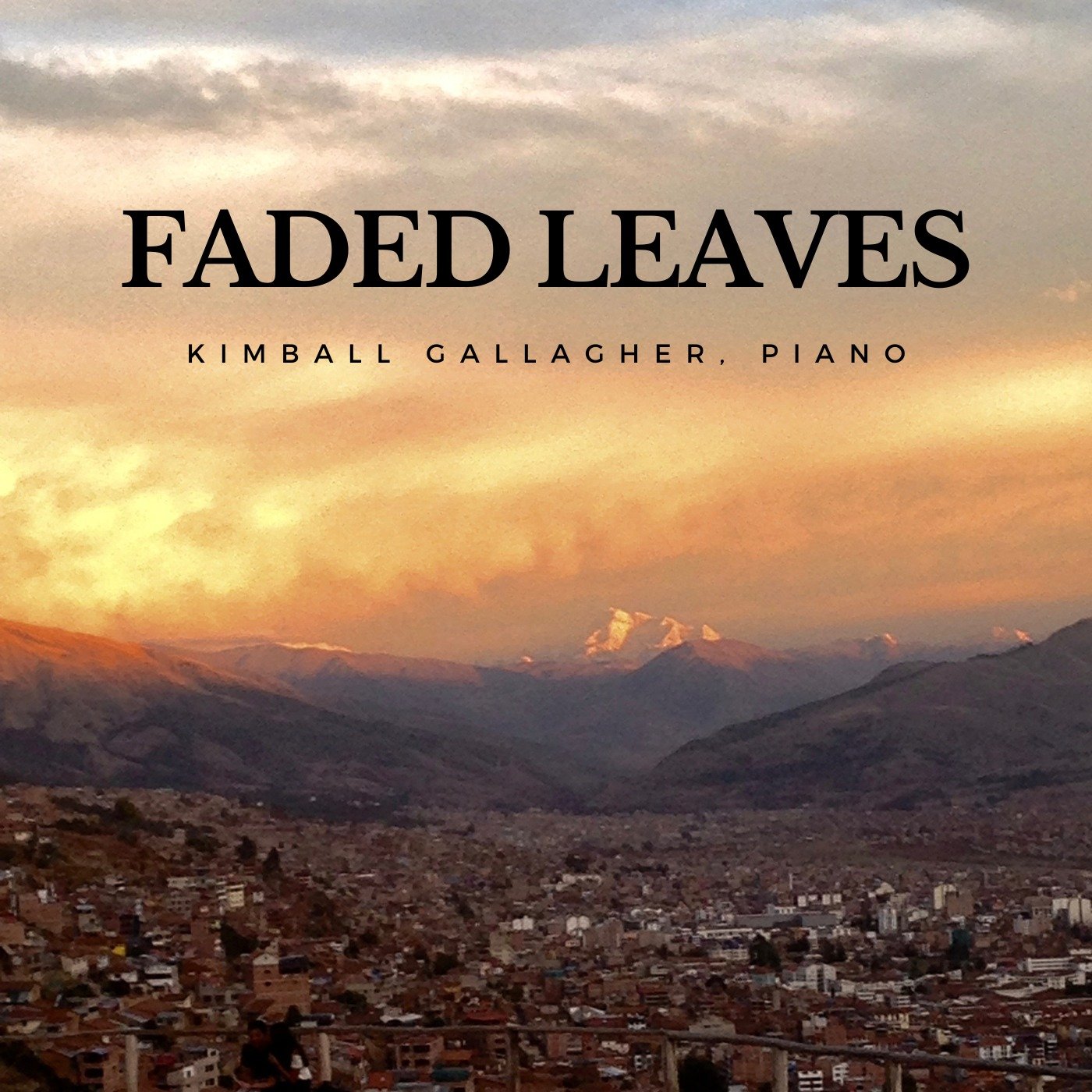Recital
A vibrant album with diverse selections including Mozart, Bartok, Chopin, Borodin and Rachmaninoff. Recorded in 2006.
About Recital
Mozart
I grew up listening to my father practice the first movement of this Mozart sonata, K. 311, and to this day, the piece retains its vitality and freshness. I have added ornaments to the first movement and a short cadenza in the third movement.
Mozart’s piano writing often suggests other forms. In this case, the outer movements suggest orchestral textures, the second movement an operatic aria. Mozart composed this sonata during a stay in Mannheim in December, 1777.
Bartok
With Drums and Pipes is a jam session, an improvisation including a group of musicians. The Barcarolla is a depiction of a swaying boat on murky water that clinks against the side of the boat while a storm brews. Bartok uses uneven meter, more realistic than the traditional and regular 6/8 Barcorolle meter, evoking the irregular lurching of a boat on restless waters. Musettes are primitive bagpipe instruments and this elusive work contains drones in a pastoral setting. The Night Music, instead of continuous melody as in a traditional Nocturne, consists of scattered sounds: insects, frogs, and night birds. The Chase is a depiction of a frenzied hunt featuring the yelping and growling of hunting dogs and the terror of the hunted prey.
I was fortunate enough to play this piece for Gyorgy Sandor (1912-2005), a student of Bartok and the pianist who played the American premier of this work. He insisted Bartok was a strictly tonal composer and constantly asked me to determine the key of each movement despite the prevalence of tone-clusters, chromaticism, and a lack of triadic harmony.
Bartok composed Out of Doors in 1926, the same year he composed the first piano concerto and the piano sonata, all three as vehicles for himself as a pianist.
Chopin
The preludes are among Chopin’s most well-known works. Because of their familiarity, it is easy to forget how strange they were for their time: roaming, seemingly undirected chromatic harmonies, with static melodies and often startling brevity. The A Major prelude, for example, runs a mere 16 bars, about 50 seconds.
Chopin’s Ballade Op. 23 is first known use of the word “Ballade” to describe an instrumental composition. Instead of relying on models from the past, Chopin invented his own weighty one-movement form that suited his materials. He is said to have been inspired by a reading of the poems of contemporary Polish poet Adam Mickiewicz, but Chopin does not give a specific description of the narrative, leaving that to the listener. This is one of his most well-known and beloved compositions.
Borodin
Borodin was a chemist who only composed on weekends and his sick-bed. His friends were known to have said to him, “I hope you are sick,” instead of, “ I hope you are well,” knowing that, if he were sick, he would be home composing.
Rachmaninoff
We may thank the publisher, Marcus Leidesdorf, for coining the term “Moment Musicaux” for six short but intensely expressive works for piano by Schubert. In 1896 Rachmaninoff wrote six of his own Musical Moments, each one capturing, as the title suggests, a moment. They are among Rachmaninoff’s first major works to show his big-handed, dense, and sonorous piano style. This one is swirling, turbulent, and pathetic.
